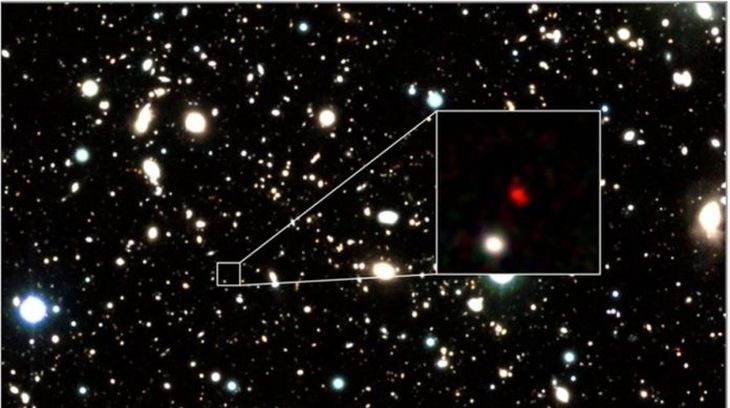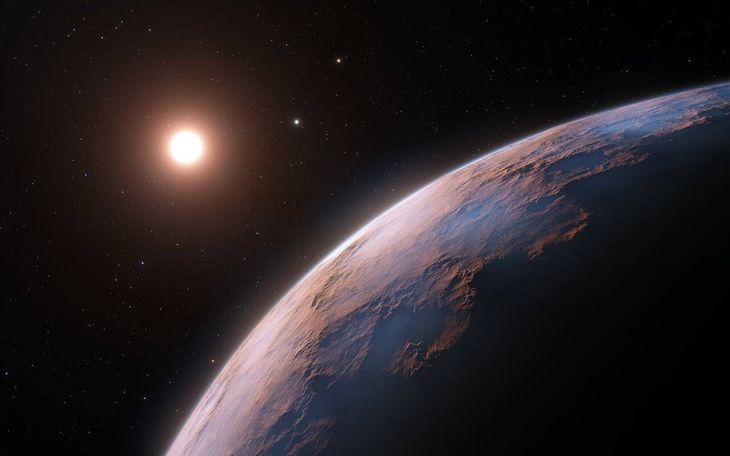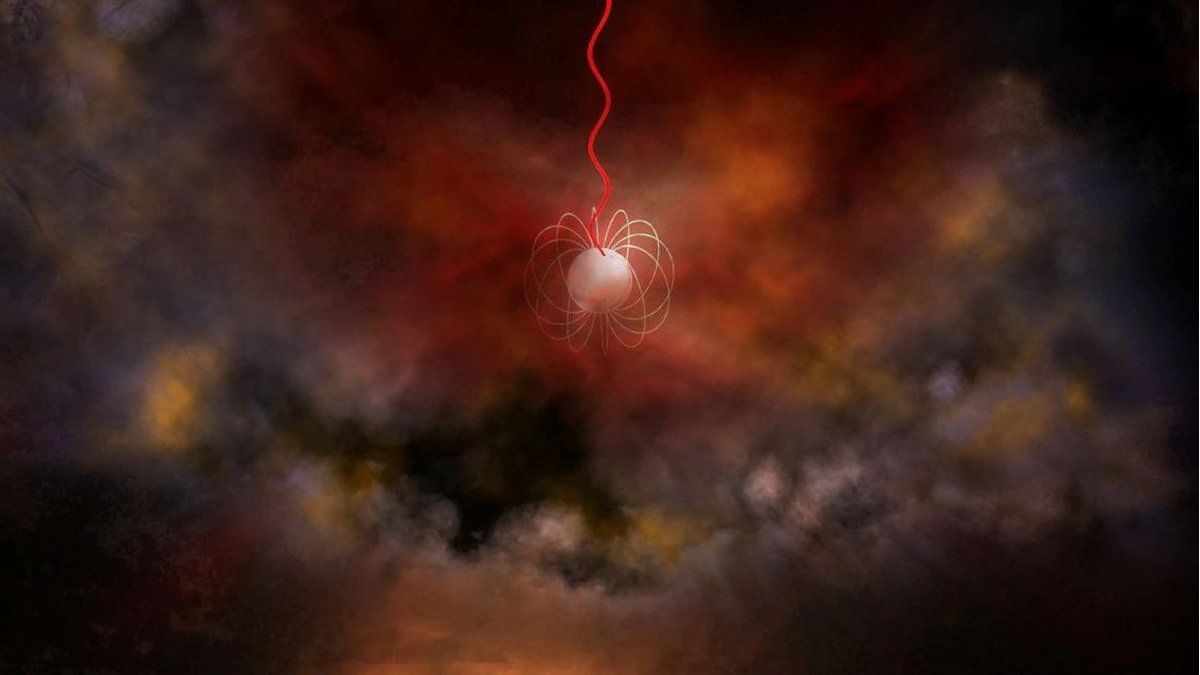galaxy.jpg
Astronomers suspect that the outbursts may be triggered by certain extreme objects. They could include: a star of neutrons, the collapsed compact core of a giant star that exploded as a supernova at the end of its life cycle; a magnetize, a type of neutron star with an ultrastrong magnetic field; and a black hole messily devouring a neighboring star.
Investigators said Wednesday they detected a fast radio burst, or FRB, which originated in a dwarf galaxy located nearly 3 billion light-years from Earth. That is, the distance that light travels in one year is 5.9 billion miles (9.5 billion kilometers). The collective stellar mass of the galaxy is approximately one 2,500 part of our Milky Way.
The FRB was first seen in 2019 –in the Chinese province of guizhou– using the telescope FASTthe world’s largest single dish radio telescopewhich has a signal reception area equivalent to 30 soccer fields. Then, it was studied further using the telescope VLA in New Mexico.
Distant-galaxy-Photo-EFE-696×389.jpg

“We still call fast radio bursts a cosmic mystery and rightly so”said the astrophysicist, Say Liof the Chinese Academy of Sciences in Beijing, chief scientist of FAST and co-author of the research published in the journal Nature.
“Fast radio bursts are brief, intense flashes of radio light that are powerful enough to be seen from across the universe”said the Caltech astronomer and co-author of the study, Casey Law.
“The burst turns on and off in about a millisecond, much faster than the blink of an eye. Some FRB sources have been found to emit multiple bursts in what appear to be activity stormsbut others have only met once,” added Law.
star planet.jpg

The FRB just described is a replay also featuring a persistent but weaker radio emission between bursts. In other words, it always remains “on”. Most of the approximately 500 known FRBs are non-repeating. The new one looks a lot like another discovered in 2016 which was the first FRB whose location was identified.
Li noted that numerous hypotheses were offered to try to explain the outbursts: “The abundance of models reflects our lack of understanding of FRBs. Our work favors active repeaters are born from an extreme explosive event like a supernova. These active repeaters are also youthsas they should be seen shortly after the birth event.”
galaxy 4.jpg

I. Heywood / SARAO
Astronomers suspect that the newly described FRB is a “newborn”still enveloped by dense material blasted into space by a supernova explosion that left a neutron star. And they also maintain that repeated bursts may be a feature of younger FRBswhich may dissipate over time.
Discoveries like the recently described FRB can help scientists determine the cause of radio bursts. Previously, scientists were able to make a Explanation for the cause of another enigmatic phenomenon: high-energy explosions called gamma ray burstswhich originated from the death of massive stars, merging neutron stars and magnetars.
STAR hd 100546

Courtesy: Wikipedia
“FRBs have quickly become a wonderful example of an astrophysical puzzle, just as gamma-ray bursts were a few decades ago.”Law said. And he concluded: “We know more and more about the phenomenon, where the sources live, how often they burst, among others. However, we are still looking for that gold measurement that will give us a definitive answer as to what causes them.
By Will Dunham.-
Source: Ambito
David William is a talented author who has made a name for himself in the world of writing. He is a professional author who writes on a wide range of topics, from general interest to opinion news. David is currently working as a writer at 24 hours worlds where he brings his unique perspective and in-depth research to his articles, making them both informative and engaging.




